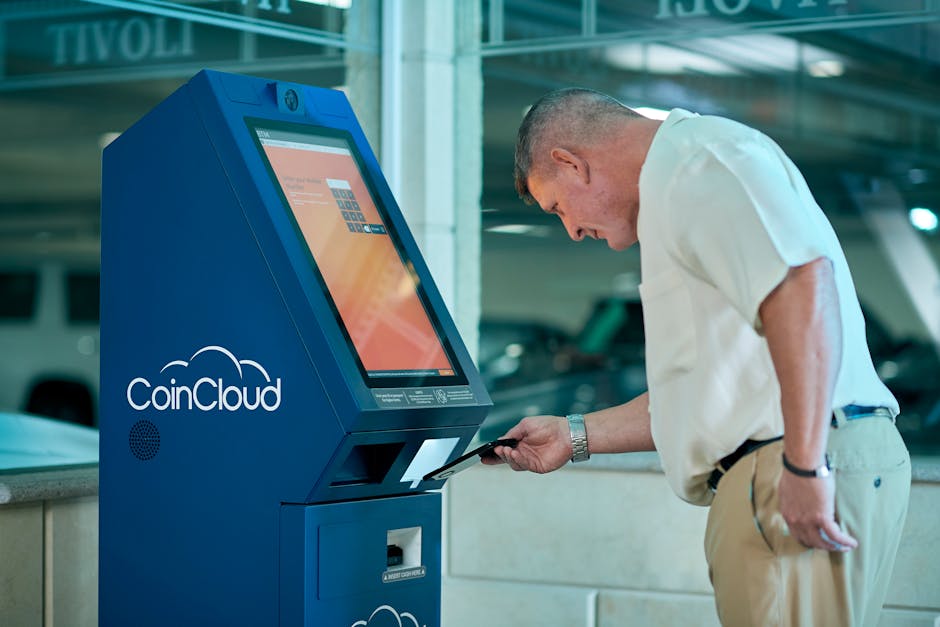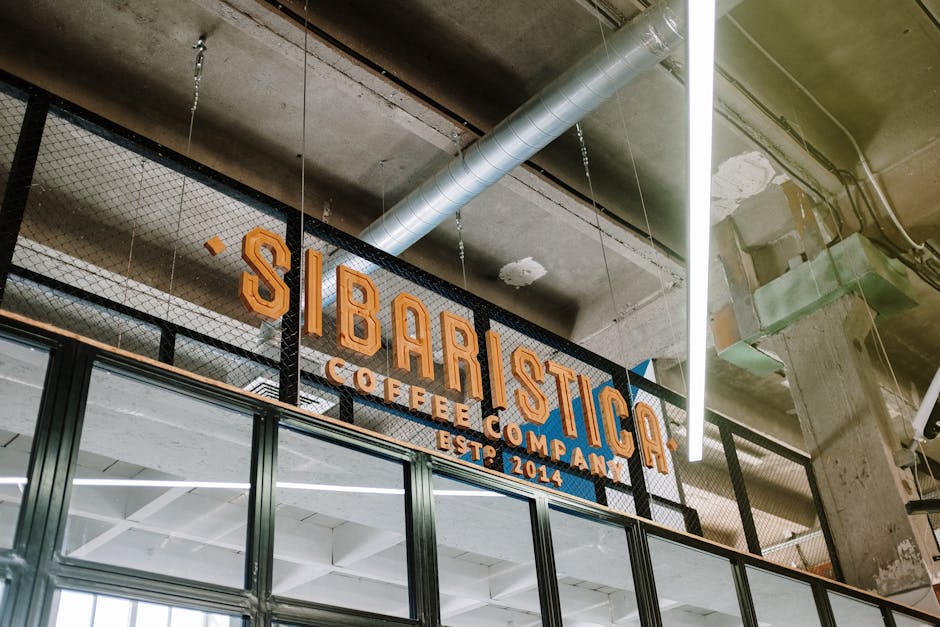Revolutionizing Office Navigation: The Power of Wayfinding Kiosks
“Explore the transformative impact of wayfinding kiosks on employee experience and office efficiency. Learn how these innovative tools streamline navigation, boost collaboration, and create a welcoming environment for both staff and visitors in today's dynamic workplace. ”

Revolutionizing Office Navigation: The Power of Wayfinding Kiosks
In today's rapidly evolving workplace landscape, organizations are constantly seeking innovative solutions to enhance the employee experience and streamline office operations. One such solution that has gained significant traction is the implementation of wayfinding kiosks. These digital marvels are transforming how people navigate and interact within office spaces, offering a myriad of benefits for both employees and visitors alike.

Understanding Wayfinding and Its Importance
Wayfinding is the art and science of helping people navigate through physical spaces using visual cues, symbols, and technology. In the context of modern offices, particularly those embracing hybrid work policies, effective wayfinding has become more crucial than ever.
A wayfinder kiosk serves as a digital compass for office spaces, typically featuring an interactive touchscreen display that provides maps, directories, and other essential information. These kiosks are strategically placed in high-traffic areas such as lobbies, elevator banks, and central corridors to assist both regular employees and first-time visitors.
The Impact of Wayfinding Kiosks on Employee Experience
The implementation of wayfinding kiosk software can significantly enhance the employee experience in several ways:
1. Boosting Workplace Efficiency
One of the primary advantages of wayfinding kiosks is their ability to make the workplace more efficient. Upon arrival, employees can quickly sign in and locate their designated workspaces, saving valuable time that would otherwise be spent wandering the office.
For organizations with flexible seating arrangements, these kiosks prove invaluable. Employees can easily view available desks, filter options based on amenities or location preferences, and make reservations on the spot. This streamlined process eliminates the frustration of searching for an open workspace and allows employees to start their day productively.
2. Facilitating Collaboration

Wayfinding kiosks play a crucial role in fostering collaboration among team members. Many advanced systems allow employees to locate their colleagues within the office, making it easier to arrange impromptu meetings or find the right person for a quick consultation.
Additionally, these kiosks can display real-time information about meeting room availability. This feature enables employees to spontaneously book spaces for brainstorming sessions or team discussions, further enhancing the collaborative atmosphere of the workplace.
3. Creating a Welcoming Environment for Visitors
First impressions matter, especially when it comes to business partners, clients, or potential recruits visiting your office. Wayfinding kiosks help create a positive visitor experience by providing clear directions and eliminating the anxiety associated with navigating an unfamiliar space.
These kiosks can be programmed to notify hosts when their guests arrive, streamlining the check-in process and ensuring visitors feel attended to from the moment they step into the office. By offering an intuitive way to locate meeting rooms, amenities, or specific team members, wayfinding kiosks contribute to a professional and organized office atmosphere.
Best Practices for Implementing Wayfinding Kiosks
To maximize the benefits of wayfinding kiosks and create a seamless experience for both employees and visitors, consider the following best practices:
-
Strategic Placement: Position kiosks in high-traffic areas where they're easily accessible and visible.
-
User-Friendly Interface: Ensure the kiosk software is intuitive and easy to navigate, with clear instructions and responsive touch controls.
-
Regular Updates: Keep the information displayed on kiosks current, including office layouts, employee directories, and meeting room schedules.
-
Integration with Other Systems: Connect wayfinding kiosks with your office management software, calendar systems, and communication tools for a cohesive workplace technology ecosystem.
-
Branding Opportunities: Customize the kiosk interface to reflect your company's branding, reinforcing your corporate identity to employees and visitors alike.

The Future of Workplace Navigation
As offices continue to evolve, particularly in the era of hybrid work trends, the role of wayfinding kiosks is likely to expand. These versatile tools have the potential to incorporate advanced features such as:
- Augmented reality navigation
- Personalized recommendations based on user preferences
- Integration with mobile apps for a seamless transition between devices
- Real-time occupancy tracking to support social distancing measures
By staying ahead of these trends and embracing innovative wayfinding solutions, organizations can create more dynamic, efficient, and employee-centric workspaces.
Conclusion
Wayfinding kiosks are more than just digital signposts; they're powerful tools that can transform the way people interact with and experience office environments. By improving navigation, fostering collaboration, and creating a welcoming atmosphere, these kiosks play a vital role in enhancing the overall employee experience and operational efficiency of modern workplaces.
As we continue to navigate the complexities of hybrid work models and evolving office designs, the strategic implementation of wayfinding kiosks will undoubtedly be a key factor in creating successful, adaptable, and engaging work environments for the future.